The last few years have been truly groundbreaking in terms of technological innovations. If these breakthroughs have taught us anything, it’s the fact that there’s no end to our quest of getting faster, smarter, better (cellular network, of course). That’s right; after having our fill of the fast 4G cellular network for a considerable amount of time, we’re finally ready to welcome it’s evolved version, i.e. 5G.
In fact, most of us technology enthusiasts have been eagerly waiting for every announcement related to 5G with a twinkle in our eyes. In this case, many of you probably have questions in mind like, is anticipation around 5G worth it? Or, is it everything it promises to be? Or, is 2025 the year when we witness 5G in its full glory?
With each passing day, the speculations around 5G are growing stronger. So, in order to put an end to all these speculations and answer the burning questions around 5G, we have created a list of things you must know about 5G.
9 Intriguing Facts About 5G Network You Should Know In 2025
Knowing how 5G works require you to understand that service providers across the world are using different radio frequencies to provide high-speed data service to consumers and students struggling with Grammar check issues. Low, mid, and high band 5G each of the categories comes with a different combination of speed and coverage range. The low band offers slower speeds and covers the maximum distances, the high band provides ultra-fast speeds within the shortest distances, and the mid-band is in the middle on both speeds and distance covered.
For instance, one low band tower can reach hundreds of square miles with 5G service that varies from 30 to 250 Mbps in speeds. Mid band towers encompass a few miles radius with 5G that ranges from 100 to 900Mbps. High band towers function within a mile or lower radius to deliver roughly 1-3 Gbps speeds.
Fact #2: 5G is not just for phones
By now, most of us have read about how 5G might lead to the invention of smart cars with amazing features. Now, you would be lying if you say you’re fascinated by the idea of self-driving cars that can communicate with the world on their own. It’s said that 5G will come with higher capacity and lower latency. Thus, it’s possible that cars will be able to communicate with ease.
“Apart from cars, 5G is said to have a huge impact on every connected device on earth”, states Will Devonport, a dissertation editing expert from Allessaywriter.com. Other products like virtual reality headsets, smart wearables, smart home devices, PCs, etc. will dramatically transform owing to the impact of 5G.
It’s only a matter of time when counting the steps you take will become retro with the integration of 5G. The technology will enable smartwatches and Fitbit to track your GPS in real-time.
Fact #3: 5G-enabled apps are still a distant dream
Not too long ago, there were claims of how 5G will revolutionize our daily lives. It will transform our cars, improve our gaming experience, and more. But we need to pause for a bit and understand that it’s only been a couple of years for 5G to come into existence, and it will possibly take most of the decade to discover its fullest potential.
Even LTE took nearly a half-decade before networks were solid enough to provide reliable, wide-ranging coverage. In fact, some rural areas are still deprived of LTE. It’s likely that 5G won’t take as long thanks to the rapid advancements in wireless technology, but still, the idea of smart cars and always-on IoT devices is still a far-fetched idea.
Fact #4: 5G may just be reasonable
While there were announcements of quite a few 5G phones during 2019 but none of them was really affordable as such. Most of these phones retailed for $1,000 or more.
For 2025, Samsung set the standard with the new Galaxy S20, which starts at a whopping $1,000. But we’ve also noticed that other phone makers have kept the prices surprisingly low. LG V60 ThinQ 5G was sold for $1,000- $1150, while the OnePlus 7 Pro 5G is around $900.
With affordable 5G chipsets on the way from Qualcomm, You can expect to have more options later in the year.
Fact #5: 5G may not be noticeable initially
Even in areas where the coverage of 5G is more expansive (and lower frequencies are being used to distribute it), you might find yourself trying hard to notice any significant difference in the download speeds.
While it’s likely we will experience a definite increase in speed into the hundreds of Mbps; it won’t be all that impressive in terms of overall performance this year.
Think of this technology as evolutionary instead of revolutionary. That’s because services are pairing 4G and 5G networks to speed deployments, and mostly focusing on the breadth of coverage instead of speeds. That being said, you must watch out for when networks get tuned for speed.
Fact #6: 5G may replace the cable internet services
Although using 5G on mobile devices might be a bit of a challenge in 2025, the idea of adopting 5G as a fixed internet option may increase this year. You are most likely to witness a host of 5G hotspots during the year, and many service providers have either hinted or announced that they plan to offer home 5G options for the consumers.
Even with slower 5G options, the speed will be roughly similar to the standard cable internet connection. It’s only a matter of time to see whether this competition helps to bring prices down or not.
Fact #7: Not every news about 5G will be positive
As 5G starts rolling out in 2025, the buzz around this technology is only going to amplify. However, some of them may not always be positive. For instance, there has been growing discord between the municipalities and the Federal Communications Commission over the implementation of 5G in the cities. The FCC is pushing for the approval process for the mini-towers that will make 5G’s superfast connections stable.
Also, there has been continuing critique of 5G’s “safety,” even though an international panel of experts believe it’s safe. All things said and done, 5G will change our lives, and it’s not a question of if, but when.
Fact #8: 5G is still a novelty
Hold back on your excitement about using 5G on your shiny new phone a little bit longer. That’s because chances are you won’t get to experience it very much, not in 2025 at least. High-speed internet requires a technology recognized as mmWave, which functions at extremely high frequencies.
At these higher frequencies, radio signals are unable to travel as far from towers and require “mini-towers” at almost every block to maintain a stable connection. This means these connections will be limited to the big cities, and often only in a few chosen neighbourhoods, as they’ll take a little longer to develop.
Fact #9: 5G is safe
Although there have been concerns about the implementation of 5G, particularly with regards to radiation, there’s no scientific evidence of any hazards.
The authorities at the ICNIRP (International Commission on Non‐Ionizing Radiation Protection) that analyses the health risks of radio broadcasts – has announced that 5G is completely safe as long as they follow the guidelines specified by the authority.
The authority has devoted seven years to come up with the revised guidelines in 2025. This review has been put together after thorough research of all relevant scientific workshops, and an extensive public consultation process. These new guidelines cover all forms of 5G, even including the highest frequency spectrum. So, the doubts about its safety can be laid to rest, once for all.
Winding it up
If you have been curious about the implementation of the 5G network, you would definitely find these insights informative. While we may have to wait a little longer to explore the wonders of 5G technology at its fullest potential, you can be sure that this wait is going to be absolutely worth it.
Suggested:
How to find someone on a discord without a number?
Like this:
Like Loading...

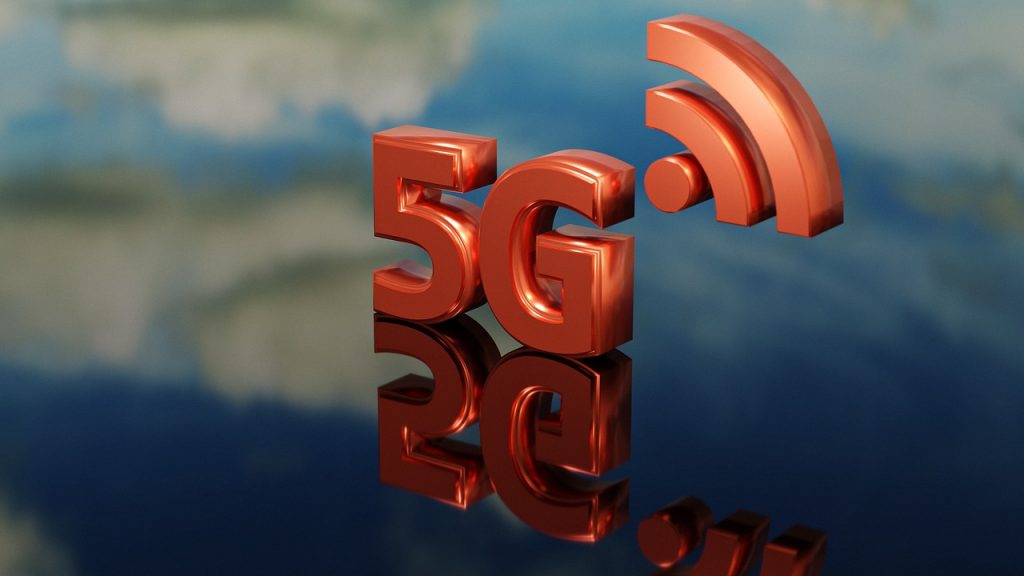



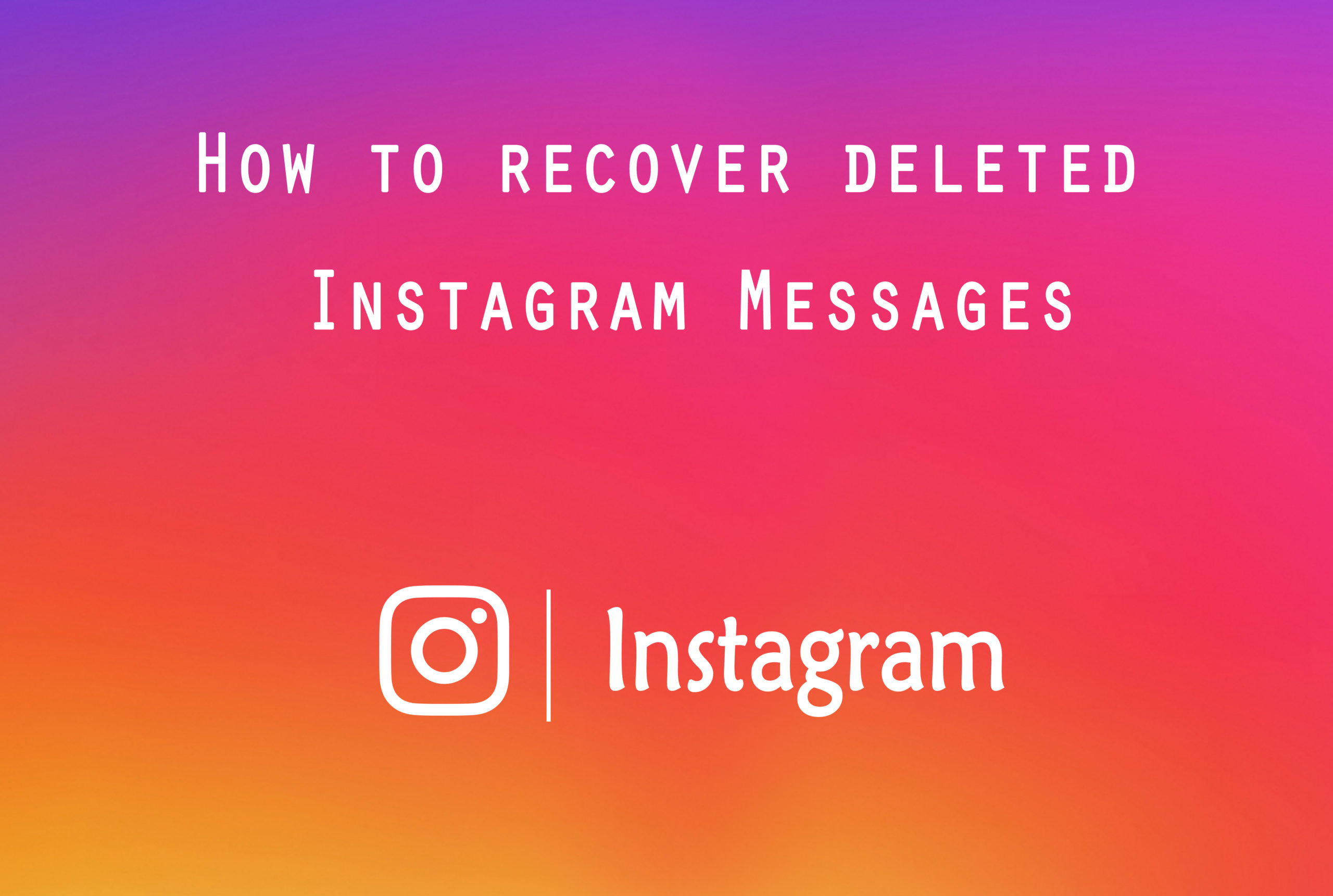


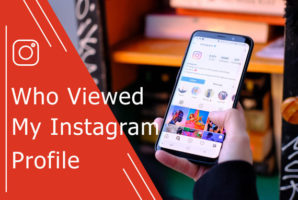
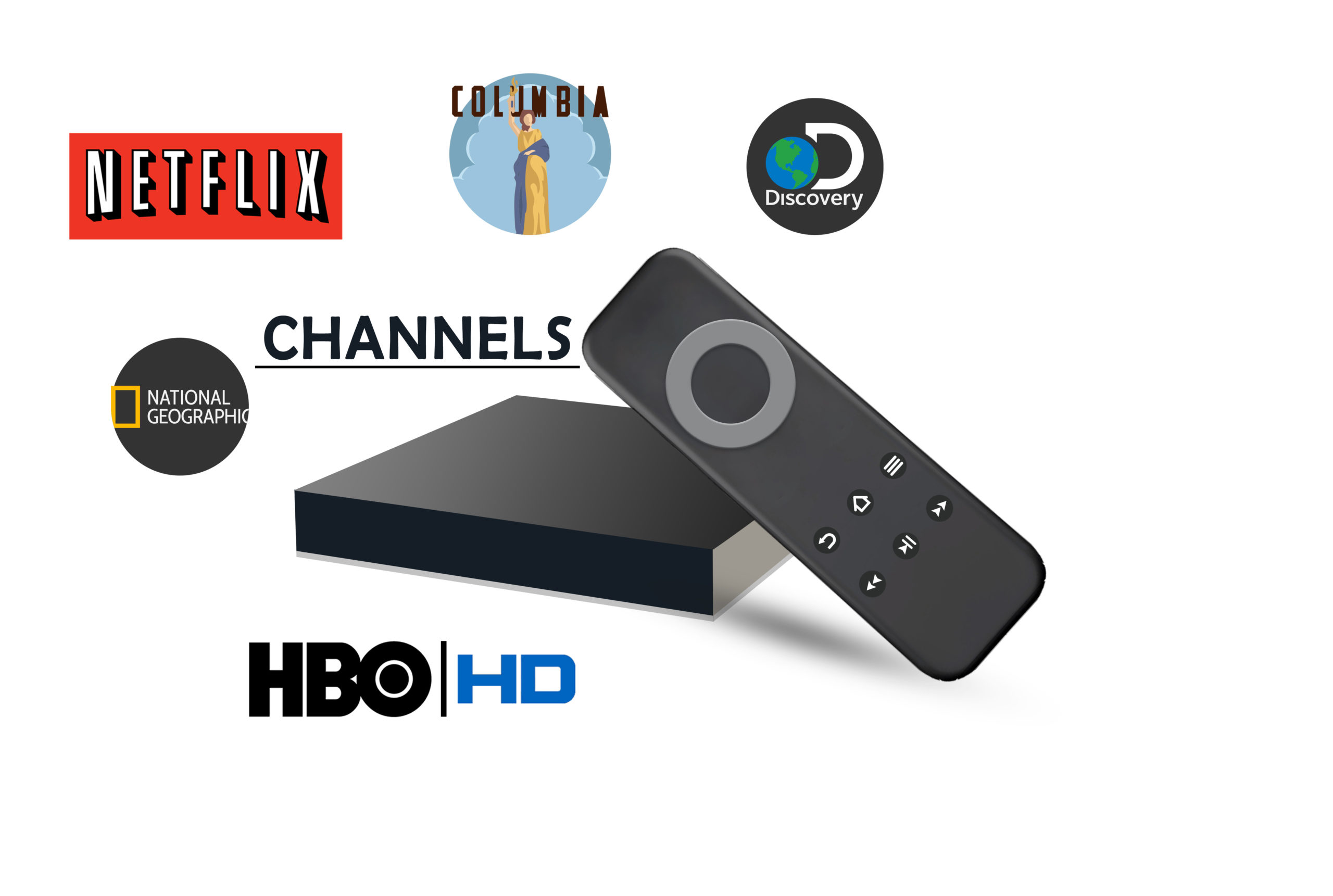


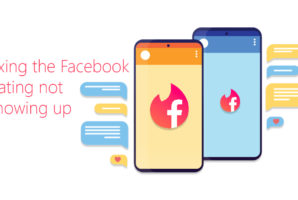
 What Security features must-have in Good Antivirus?
What Security features must-have in Good Antivirus?
Hi Alvin
Good blog, gives a clear picture about the outer world.
i always get better article in your blog post only, which is very useful and informative.
Great Blog! Debunks a lot of myths for all the people out there!